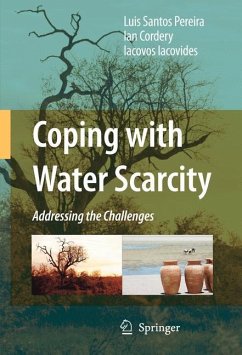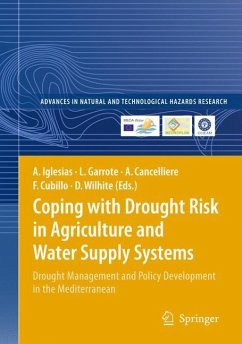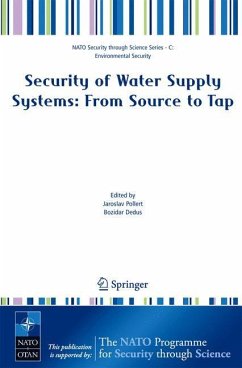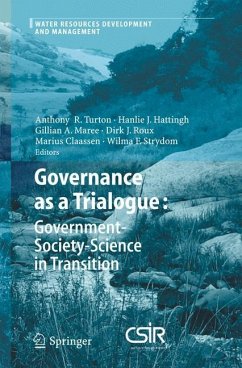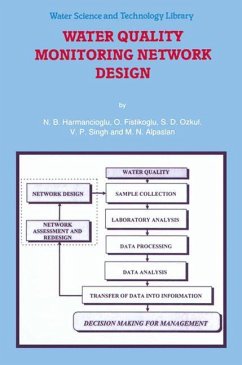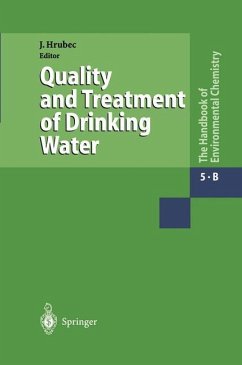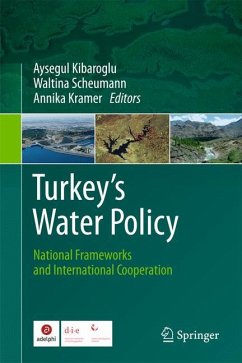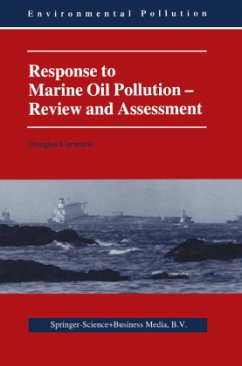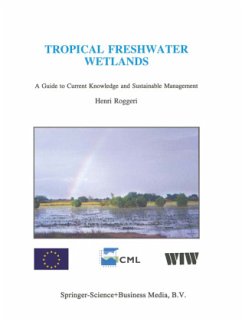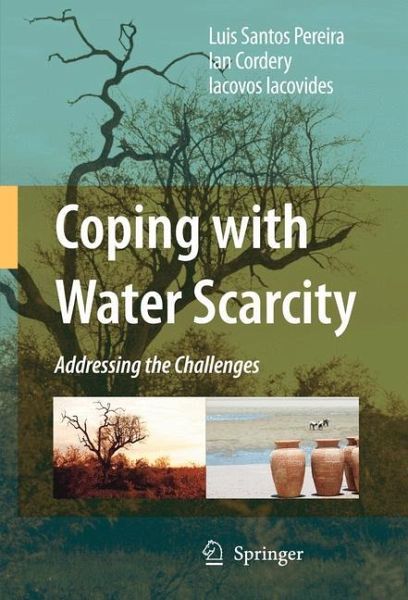
Coping with Water Scarcity
Addressing the Challenges
Versandkostenfrei!
Versandfertig in 6-10 Tagen
151,99 €
inkl. MwSt.
Weitere Ausgaben:

PAYBACK Punkte
76 °P sammeln!
One of the main problems confronting the world of the 21st Century is a shortage of water. There is already severe scarcity in many regions of the world, causing tremendous problems for local populations and indeed entire societies. There is insufficient water available for the production of food to alleviate poverty and starvation; the lack of water hampers industrial, urban and tourism development, forcing restrictions on other sectors, especially agriculture; health problems arise as the deterioration of ground and surface waters favours water-borne diseases, which flourish in the absence o...
One of the main problems confronting the world of the 21st Century is a shortage of water. There is already severe scarcity in many regions of the world, causing tremendous problems for local populations and indeed entire societies. There is insufficient water available for the production of food to alleviate poverty and starvation; the lack of water hampers industrial, urban and tourism development, forcing restrictions on other sectors, especially agriculture; health problems arise as the deterioration of ground and surface waters favours water-borne diseases, which flourish in the absence of decent water distribution and sewerage systems. Water conflicts still arise in areas under stress, while water for nature has become a vanishing priority in such zones.
This book is a guide to the establishment of regional and/or local guidelines for developing and implementing new ideas for coping with water scarcity. The basic premise underlying the book is that water scarcity will persist, so personal, human and society-wide skills will be needed to cope with it while living in harmony with the necessary environmental constraints. The book provides basic information to assist decision makers, water managers, engineers, agronomists, social scientists and other professions (and their students) in formulating coherent, hopefully harmonious and consolidated views on the issue. Guidelines are also given for introducing the general public to the concept of water scarcity and how to deal with it.
This book is a guide to the establishment of regional and/or local guidelines for developing and implementing new ideas for coping with water scarcity. The basic premise underlying the book is that water scarcity will persist, so personal, human and society-wide skills will be needed to cope with it while living in harmony with the necessary environmental constraints. The book provides basic information to assist decision makers, water managers, engineers, agronomists, social scientists and other professions (and their students) in formulating coherent, hopefully harmonious and consolidated views on the issue. Guidelines are also given for introducing the general public to the concept of water scarcity and how to deal with it.





